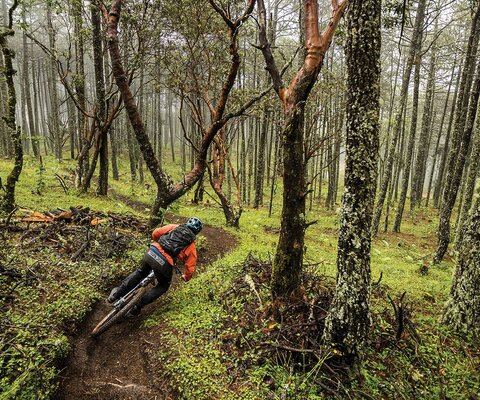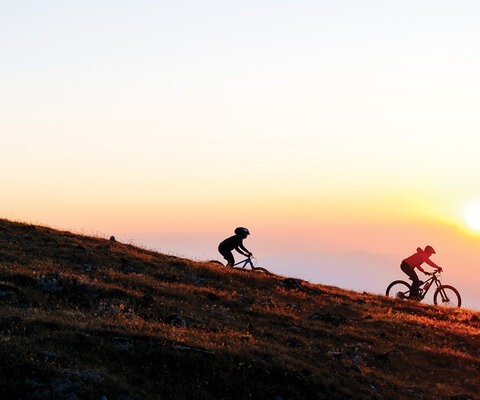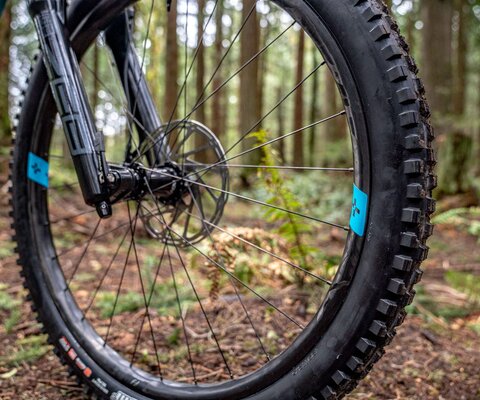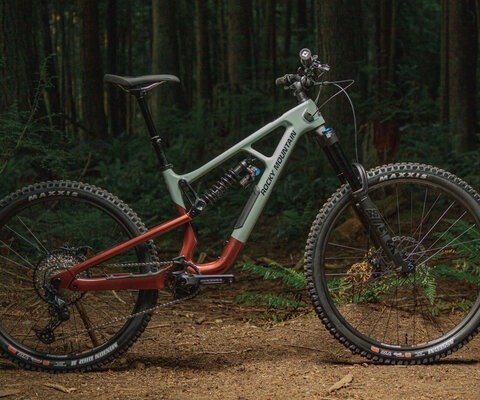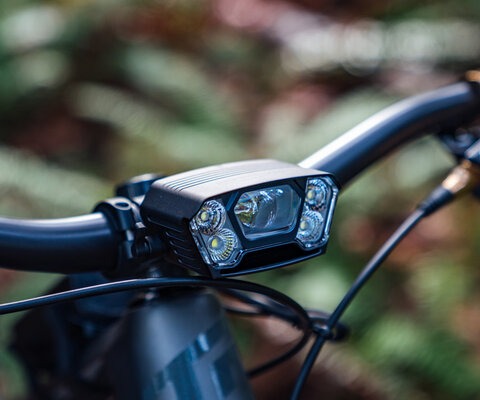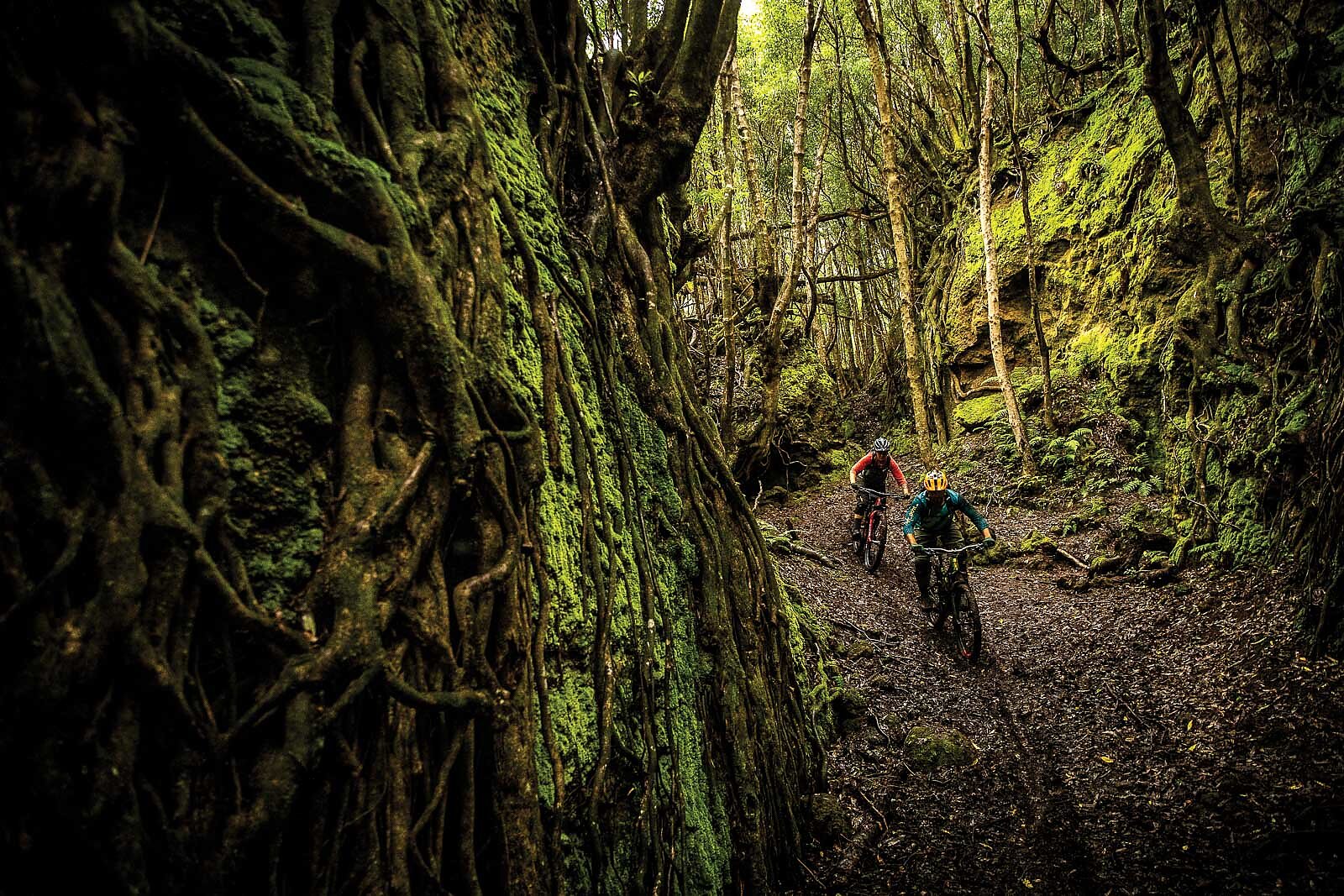
Treasures of Atlantis Exploring the Volcanic Riches of the Azores Archipelago
Words by Anka Martin | Photos by Sven Martin
Long before “enduro” became a buzzword, I found myself in the middle of the Atlantic Ocean, on two islands of the West African archipelago Cape Verde, racing my bike blind down the steep trails of a volcano.
I was there for an early enduro-style event—the third installment of the Urge Fabien Barel invitational series in 2011—and the experience completely changed the course of my cycling journey. I instantly became hooked on the thrill of multiday, blind racing adventures, and the farther off the beaten track they were, the better.
I also grew to love sharing these experiences with the many like-minded people I’d suffer with along the way. Looking back over the last decade, it’s not the race results I remember. What I cherish most are the interesting, passionate people I’ve come to know on these adventures. One of those people is Carlos “The Dreamer” Dos Santos, a native of the Portuguese archipelago known as the Azores.
I first met Carlos in Aínsa, Spain, where I was working for the Enduro World Series (EWS) following my retirement from five years of EWS racing. Carlos was visiting to pitch the Azores as a race stop for the EWS, and he joined our crew on a prerace reconnaissance ride as we were doing final course preparation for the forthcoming Aínsa event. We spent the day riding together and he never stopped talking about his beloved Azores. I was struck by his incredible passion for his islands and their trails, and I left Aínsa daydreaming of all the singletrack waiting to be sampled on this mysterious archipelago in the middle of the Atlantic.


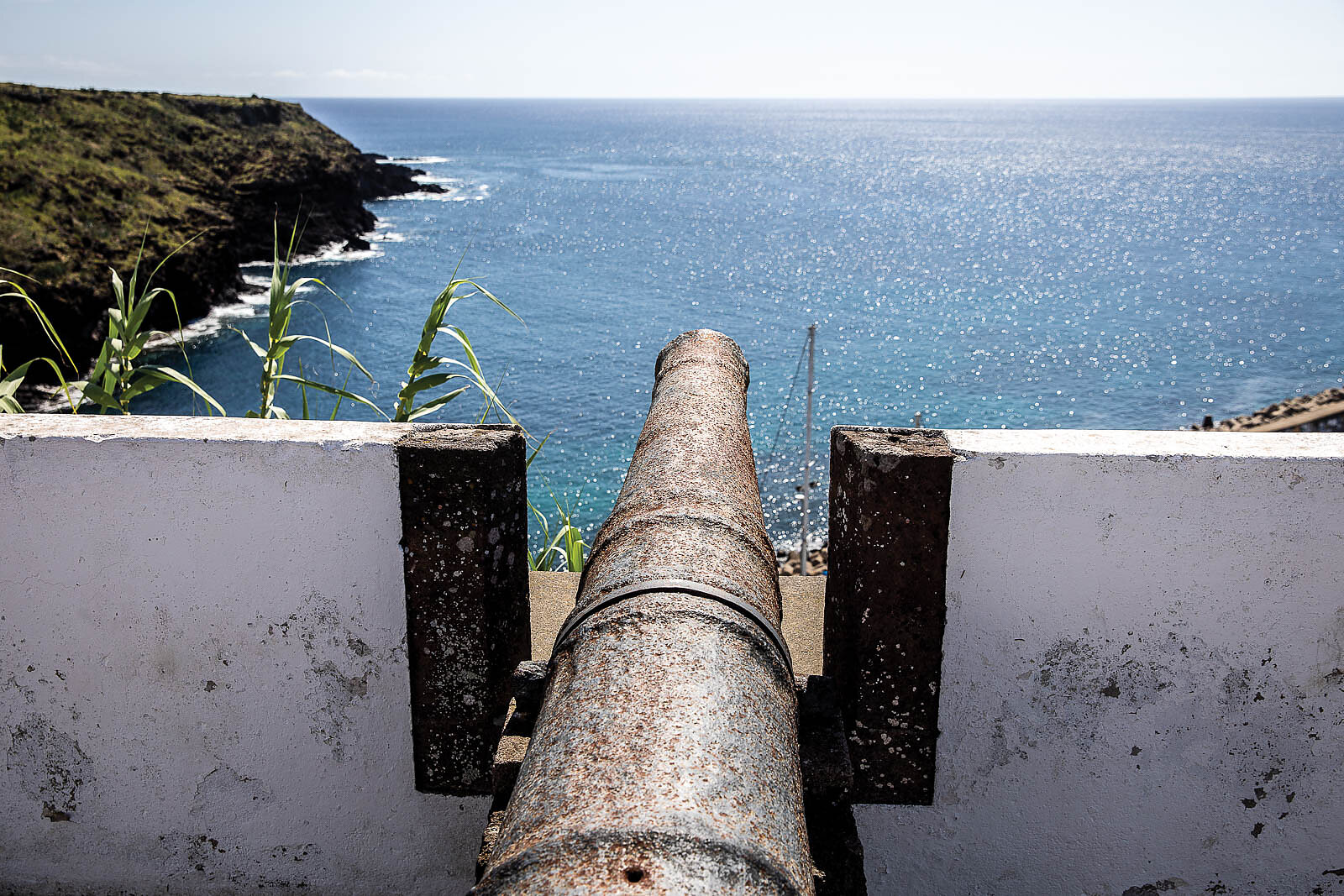
Almost a year later, I received an email from Carlos containing an enthusiastic invitation for my husband Sven and I to be his guests on the islands and join him on a tour of a trail route he’d pieced together for a new enduro stage race he was planning. The race, named the Trans Atlantis, was to be a six-day journey along some of the islands’ fi nest trails, so it didn’t take much convincing for Sven and I to accept. We’d grown up in Cape Town, South Africa, which felt like an island, isolated from the rest of the world with the Indian Ocean to the east and the Atlantic to the west. Perhaps because of this, we’ve always had an affinity for islands—so much so that we’d even moved our lives to New Zealand’s empty South Island.
Suffice it to say we accepted Carlos’ invitation, even though we were just wrapping up a particularly crazy season of bike travel. With little planning and minimal research, we hopped on a plane from Lisbon, Portugal, to the volcanic island of São Miguel, the archipelago’s largest and most populated. Upon arrival at our base for the trip, Ponta Delgada—the Azores’ main city and administrative capital—we were amazed to find a bustling town with centuries-old architecture and a cosmopolitan vibe. It felt like we were in a hip suburb of Lisbon, with a thriving street art scene and coff ee shops, bars and restaurants lining the beautiful black and white cobblestone streets. I was relieved to see my favorite decadent pastry, the pastéis de nata (Portuguese custard tart), was steaming in the display cases of every bakery—a sure sign there would be delicious postride snacks.
These pastries are among many vestiges of the Azores’ storied colonial history. Some of the islands were charted by early Portuguese maritime explorers in the early 1400s, and by the mid-1400s people from mainland Portugal began to settle in the archipelago. Over the centuries, the Azores became colonial melting pots, a mixture of Portuguese, Flemish, French and Spanish, along with Moorish prisoners and African slaves from places such as Guinea, Cape Verde and São Tomé. As a result, today’s inhabitants of the Azores are genetically diverse, and the islands are enveloped in an air of mystery and legend.
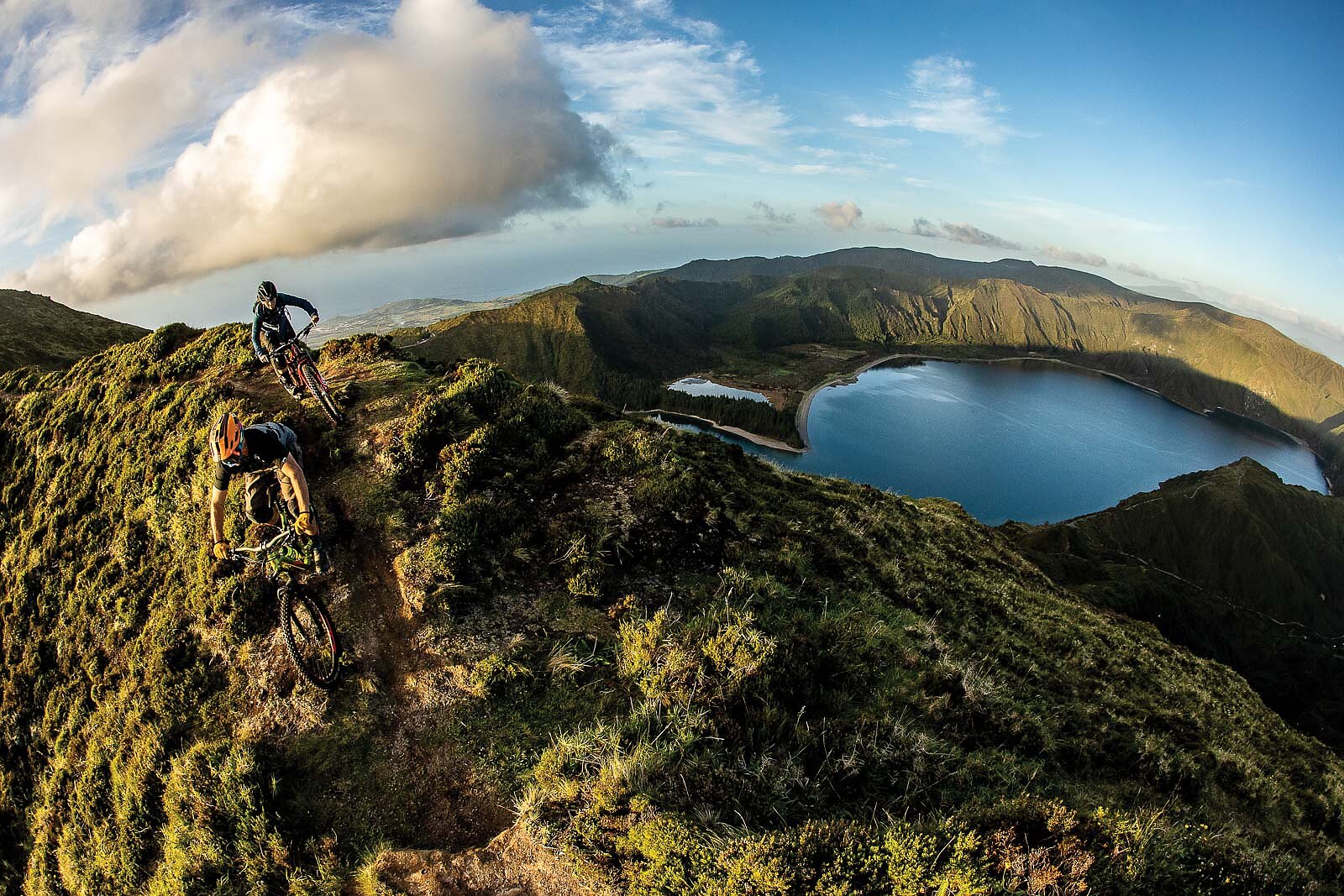
Carlos was eager to take us on a tour of these islands’ histories, using the trails as conduits to explore their diversity. One trail cut through the Sete Cidades, a civil parish in Ponta Delgada that straddles a massive volcanic crater with two lakes that local folklore holds to have been created by the tears of a princess and her shepherd-boy lover, who were forbidden from seeing each other. Riding along the ribbons of singletrack flanking these lakes, I could feel the layers of history and legend buried just beneath the surface coming alive as we skidded and carved our way down the mountains, stirring up long-forgotten emotions from days past.
On Santa Maria, the southernmost island in the Azores, we rode an amazing trail where the historical reminders were fresh: the Trilho do Avião, or “Trail of the Airplane,” named after a horrific 1989 plane crash on Pico Alto, the island’s highest mountain. It was the deadliest plane crash in Portuguese history, killing all 137 passengers and seven crew members and leaving debris strewn all over the mountainside. The area remained off-limits to the public for more than two decades, but 25 years after the crash, Carlos and his team got permission to reopen the area and build trails through the thick undergrowth. We had a wet start to our day, with clouds dancing in and around the treetops and the moisture-laden branches sagging low, making me feel claustrophobic. Carlos took us down the exact trail that had been used by rescue teams after the plane crash, and the muddy soil clawed at my wheels, holding me back. I didn’t want to skid for fear of uncovering the unthinkable. Though the trail was fantastic, my imagination was getting the best of me, and it wasn’t until we descended out of the forest and caught sight of the shimmering sea below that the eerie feeling began to dissipate.
Back on São Miguel, we rode the ethereal Cathedral trail, which cut down the side of a crater to the Lagoa do Fogo, or “Lake of Fire.” I felt weightless as I floated down into the incredible crater, chasing the sunset all the way to the beach. All over the island, trails would pop out into small, scenic villages complete with 15th-century churches and old manor homes decorated with blue and white tile mosaics. Each had a distinct architectural style, showcasing the different eras and cultural influences of the diverse settlers throughout the centuries. We rode through beautiful pastures with the happiest-looking cows I’d ever seen, only to sample the fresh cheese and dairy they produced in the next village.

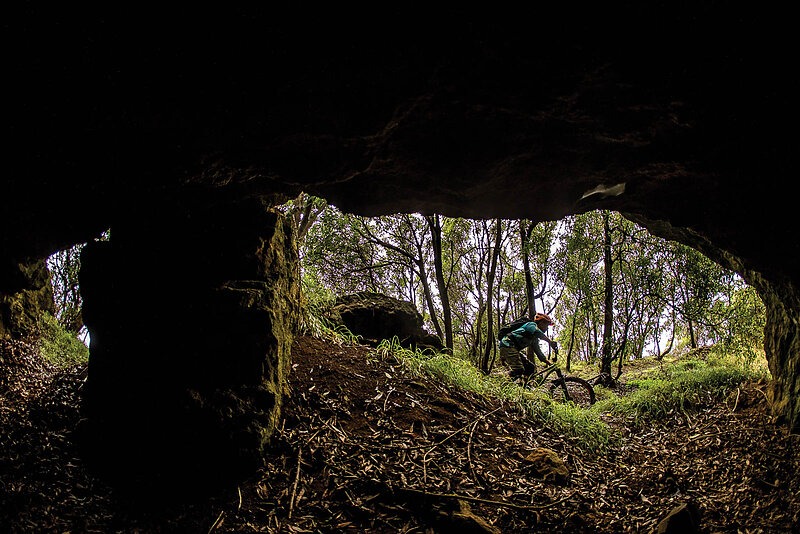
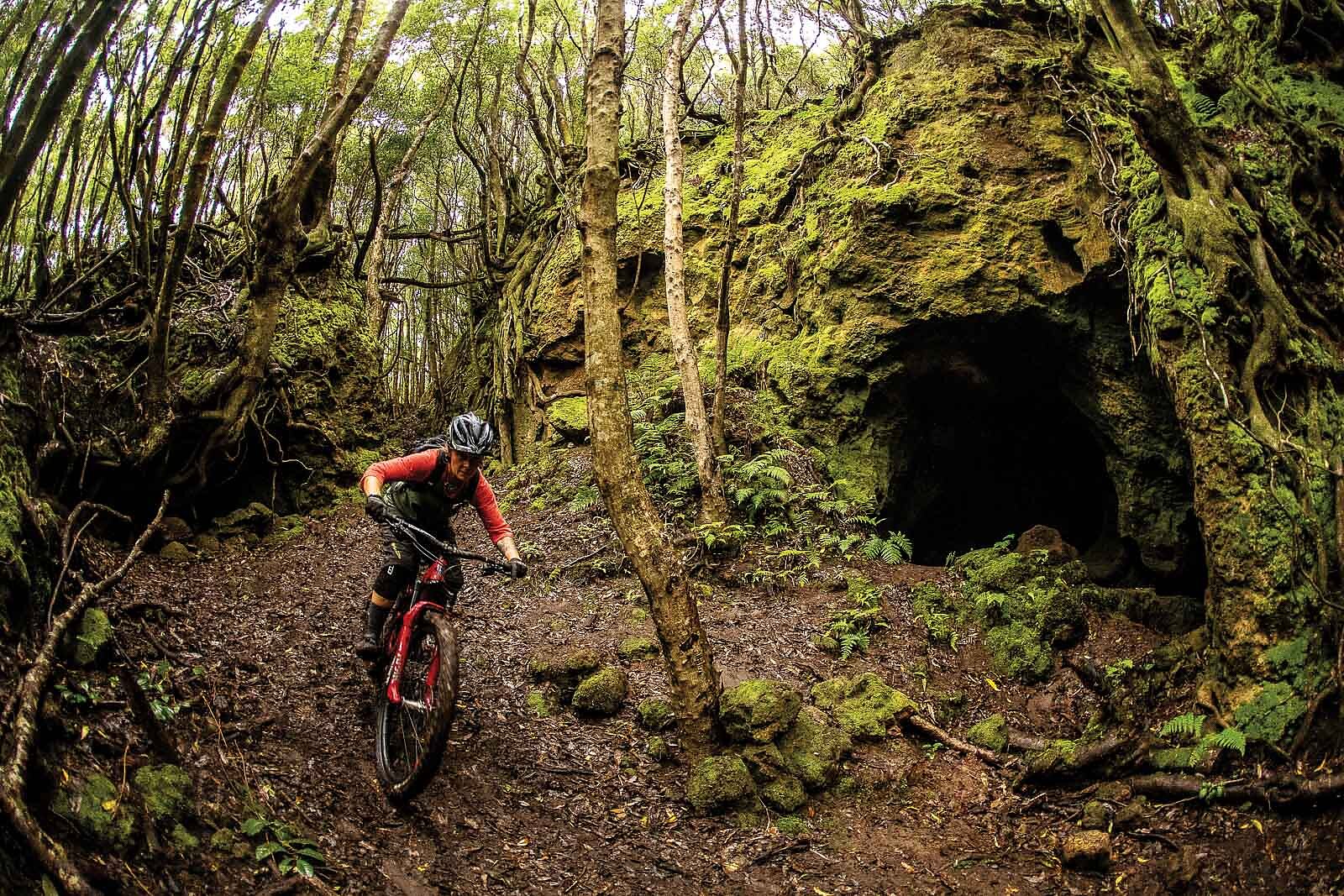
There was an abundance of trails throughout the islands, each with unique characteristics. The vegetation from island to island was incredibly varied. Some pockets felt like Hawaii, while others felt like Scotland, or New Zealand, or even Costa Rica. We rode through jungles, fern-filled rain forests and plantations on fertile green pastureland, contrasting starkly with their ancient stacked stone walls. Many of the trails wound past geothermal pools, constantly reminding us that we were on a live, volcanic island. It was like taking a trip around the world, all on a handful of islands, perfect for a soil-sampling mountain bike traveler.
One of my favorite trails on São Miguel, named 16 Seconds, weaved through a Zenlike cedar forest that might as well have been in Japan. We explored forests of ancient laurel groves and ducked our way through rows of hydrangea bushes as their pillowy, bright-blue blooms swayed in the afternoon breeze. These breathtaking flowers, which bloom in shades of blue, pink, purple and white, are scattered throughout the islands and have become a symbol of the Azores. Many of the trails spill out onto cobblestone paths built by settlers 600 years ago to connect villages and move cattle. During one ride on São Miguel, we stumbled onto one of Europe’s oldest tea plantations, Gorreana, where the same family has been producing tea for five generations, since 1883. And at the end of a ride, we could enjoy locally made wine from a tradition that dates back to the 15th century, when Catholic religious orders planted vineyards after their arrivals.
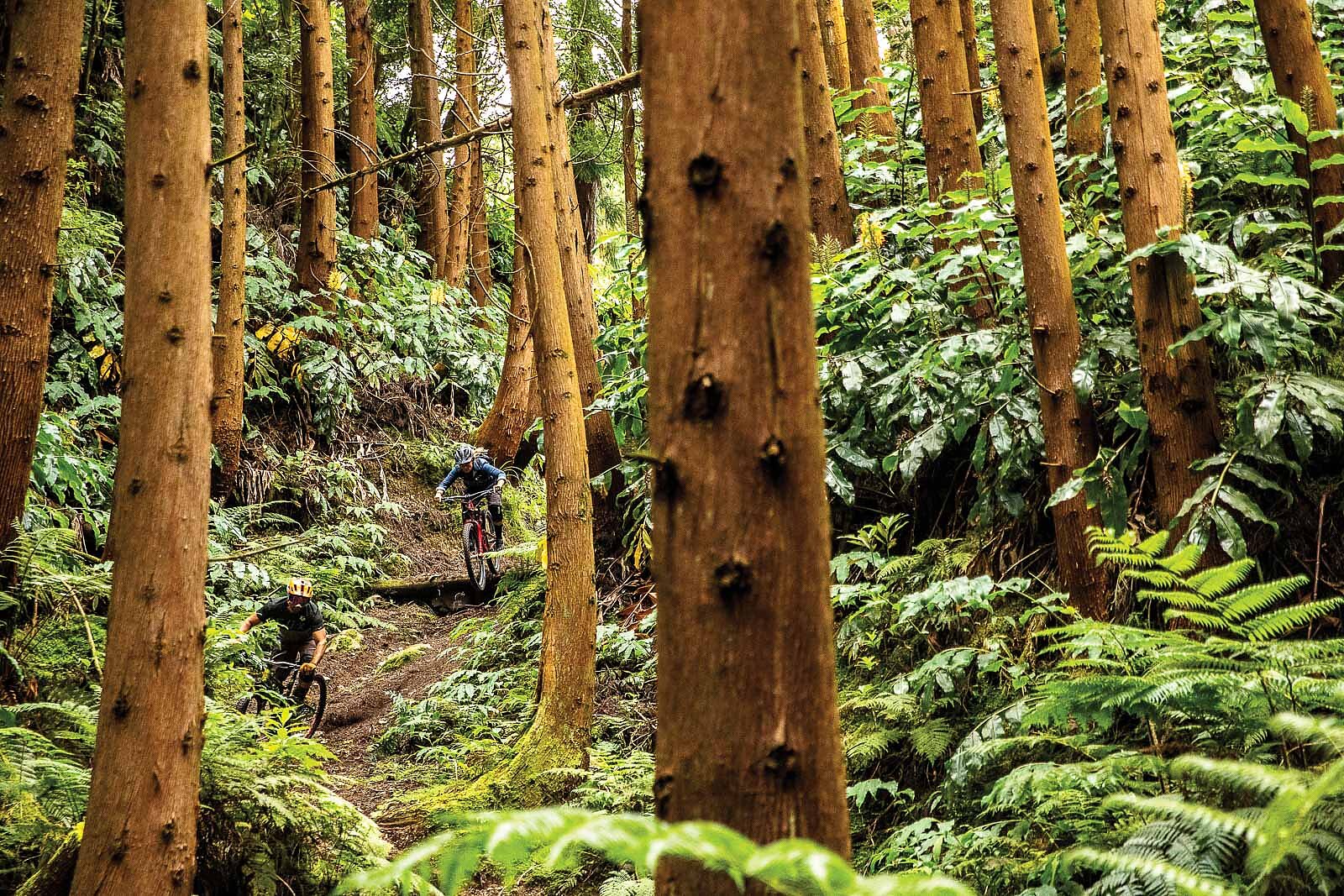
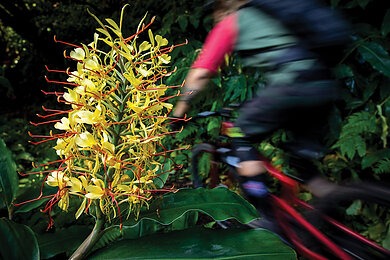
The history of mountain biking on these islands is a little younger, with its roots going back to the 1990s. Trails are still being built by hand by volunteers, who try to keep them as natural as possible, intuitively caressing the contours of the land. A core group of friends started racing each other, referring to it as a “bike rally” long before the word “enduro” was coined. They eventually named the group the Bike Safari Tour, and Carlos expanded it, bringing visitors to the islands and guiding them on some of the best trails.
The enthusiastic response of visitors opened Carlos’ eyes to the islands’ potential, and in 2014 he opened his tour company, Azores Mountain Bike Adventures. The following year, he started organizing enduro races, and for the past four years he’s brought a talented pool of riders to São Miguel for the Azores Enduro Fest. His dream, however, is to hold the all encompassing Trans Atlantis enduro event—a six-day enduro stage race spanning fi ve of the Azores’ islands and showcasing the archipelago’s fi nest trails. The event, planned for September 2020, promises to be challenging, with full days of racing followed by overnight ferry rides to neighboring islands for the next day of timed riding. The one constant is that participants are sure to fi nish every trail either on or near the beach, in an idyllic seaside village, with an ice-cold Sagres beer in one hand and a piping-hot pastéis de nata in the other.
For me, the Azores have stirred the same emotions and awakenings as the Cape Verde islands did some eight years ago. The layers of history, diversity of landscapes and allure of hand-built trails that mirror the best the topography has to offer keep calling. But beware: Life happens slowly on these islands, and the relaxed pace quickly rubs off . You could easily find yourself on a harbor wall with a fishing rod or in a hammock with a book, lingering for just a little while longer.

